Best Food for Flowerhorn Head Growth: Did you know a Flowerhorn fish’s big nuchal hump comes from its diet? Picking the right food for their head growth is crucial. It’s not just for looks. The right diet means a healthy, lively fish. To improve their already bold look, the right diet is a must.
To help Flowerhorns grow well, use top-notch pellets, supplements, and vitamins. Many items claim to boost head growth. The key is to find what really works. Be it special vitamins or a full diet plan, good nutrients are vital.
This guide offers tips on Flowerhorn head growth. You’ll learn about key supplements and the best foods to help them grow large. We’ll also see how different parts of the diet can enlarge their heads.
Table of Contents
Key Takeaways
- Understanding the importance of diet in influencing Flowerhorn’s head size and overall health.
- Recognizing the benefits of high-quality Flowerhorn head growth pellets and other specialized food products.
- Incorporating essential supplements and vitamins as part of the Flowerhorn head growth nutrition plan.
- Choosing effective Flowerhorn head growth enhancers to promote desirable nuchal hump enlargement.
- Ensuring a balanced dietary approach for sustainable growth and vibrant health of Flowerhorn fish.
Understanding Flowerhorn Nutrition for Optimal Head Development
I’m passionate about aquatics, and that includes keeping Flowerhorns healthy. To do this, it’s key to know the best Flowerhorn nutrition. We will look at what Flowerhorns need for their heads to grow big and healthy, known as the nuchal hump. Plus, we’ll cover the dangers of feeding them wrong.
Dietary Requirements of Flowerhorns
Flowerhorns stand out with their bright colors and large heads. They need a special diet. Mix high-quality pellets for Flowerhorn head growth with natural foods like shrimps and worms. This mix is vital for their health and looks.
The Role of Protein in Nuchal Hump Growth
Protein is crucial for growing the nuchal hump. It helps cells grow and fix, making the hump bigger. The Flowerhorn protein should come from both plants and animals. This stops them from getting too much or too little of any nutrient.
Risks Associated with Inappropriate Feeding
Feeding them wrong can cause many problems. Too much, too little, or bad-quality food can lead to issues like obesity or digestive problems. It’s important to feed them right to keep them healthy and looking good.
In the end, knowing how to feed Flowerhorns the right way is vital. It’s all about the perfect mix of nutrients, especially protein. And always watch the food’s quality and how much you give them. Every Flowerhorn owner should be careful about what they feed their fish.
Commercial Foods Engineered for Flowerhorn Head Growth
Keeping my Flowerhorns healthy and vivid involves using commercial foods. These foods are made to amp up the unique head growth of Flowerhorns. I’ll talk about the top-rated Flowerhorn pellets and how to pick the best ones.
Reviews of Top-Ranked Flowerhorn Pellets
Through personal testing and detailed reviews, I’ve seen the effects of quality pellets on a Flowerhorn’s nuchal hump. The right pellets are rich in must-have nutrients for top-notch growth. Keep an eye out for these features:
- Protein Content: Aim for at least 40% protein in the pellets for muscle and head growth.
- Vitamins and Minerals: Look for vitamins C and E, which make for better health and bright colors.
- Recognizable Brands: Choose trusted brands known for consistent quality and satisfying results among hobbyists.
Assessing the Nutritional Content of Flowerhorn Foods
Finding out what’s in Flowerhorn foods is key to supporting head growth. I use a step-by-step method to check ingredients and key nutrients.
| Nutrient | Importance | Ideal Content |
|---|---|---|
| Proteins | Vital for development | >40% |
| Fats | Important for energy | 5-10% |
| Fibers | Good for digestion | |
| Vitamins | Boost the immune system | Variety is key |
Checking the nutrients in Flowerhorn foods well helps ensure your pets get what they need for growing standout heads.
Aquatic Protein Sources for Flowerhorn Head Size Increase
Being very into fish-keeping, I’ve tried many diets to help Flowerhorns grow, especially their head. I found that using aquatic protein sources boosts their overall size and the nuchal hump, which is their big forehead. This makes them even more stunning.
Frozen krill and shrimp stand out as great protein sources for Flowerhorn growth. They are full of nutrients that help the Flowerhorn increase its head size. The quality of protein they eat greatly affects the size of their head, or “kok.”
- Frozen Krill: Packed with essential fatty acids, it improves the robustness and prominence of the Flowerhorn’s kok.
- Frozen Shrimp: High in protein and attractive to Flowerhorns, it stimulates growth while enticing even the pickiest eaters.
I’ve seen that mixing these foods keeps the Flowerhorns interested in eating. This is key for a diet that leads to steady growth. Plus, these food types are just the right size and texture for Flowerhorns, making it easy for them to digest and use the protein.
It’s key to add these protein sources to the Flowerhorn’s diet correctly. Start slowly to see how they react and fine-tune the amount as needed to help them grow and stay healthy.
To sum up, aiming for a great kok in Flowerhorns means choosing the best aquatic protein sources. By picking foods like frozen krill and shrimp, we can really shape the Flowerhorn’s head size. This not only makes them healthy but also stunning to look at.
Best Food for Flowerhorn Head Growth: Specific Products and Brands
When you’re looking to boost your Flowerhorns’ nuchal hump, choosing the best food for Flowerhorn head growth is key. There are many options out there. But I want to talk about specific products for Flowerhorns that really work. These are top Flowerhorn food brands that are known for making big, healthy heads.
I’ve tried lots of brands and talked to breeders to find the best products. These are not only good for growth but also for keeping the whole Fish healthy. I’ll show you a detailed list of these great brands and what makes them so good for your Flowerhorns.
| Product Name | Brand | Main Benefits |
|---|---|---|
| Gold Buffer Pellets | AquaDiet Pro | Enhances head growth, enriches color, boosts immune system |
| Head Booster Formula | FinBites | Specialized for nuchal hump growth, fortified with vitamins |
| Empire Carni Pellets | Majesty Aquatics | High protein content, promotes rapid head development |
| Krill Rich Pellets | BlueWave Nutrition | Improves head size and vibrancy of colors, contains natural antioxidants |
From what I’ve seen, these products make Flowerhorns look better and stay healthy. The brands have really put in the work to make great feeds for these unique Fish. My Flowerhorns have grown bigger heads and look healthier thanks to these specific products for Flowerhorns.
Picking the best food for Flowerhorn head growth means understanding what your Fish needs. It’s about choosing food that will make your Flowerhorn not only look its best but also be healthy inside.
Homemade Flowerhorn Food for Head Growth: Do’s and Don’ts
If you love your Flowerhorn and want it to grow strong, making your own food is a great step. It gives you the power to choose what goes in, making sure it gets what it needs. There are some key points to follow when you craft food for your fish to eat well.
Do’s:
- Include high-quality protein sources: Things like shrimp, squid, and some types of fish are full of protein. This helps your Flowerhorn’s head grow.
- Balance the diet: Along with proteins, add in good veggies like peas and spinach. They give vitamins and minerals that are key for health.
- Use natural enhancers: Adding garlic can make your Flowerhorn’s immune system strong, which means it stays healthy.
- Be consistent: Stick to a routine with your feedings and keep the portions steady. This helps your fish stay on track with its growth.
Don’ts:
- Avoid overfeeding: Too much food can lead to problems like getting too big too fast or making the water dirty, both bad for growth.
- Skip cheap fillers: Filling the food with things like cornmeal doesn’t help your Flowerhorn. It may even make the food less good for growth.
- Ignore food size: Make sure the food is the right size. This is important for your Flowerhorn to eat and digest it well.
- Forget about variety: Mixing up what you feed your Flowerhorn makes sure it gets all the different nutrients it needs to grow.
| Ingredient | Benefits | Recommended Quantity |
|---|---|---|
| Shrimp | High-quality protein and essential fatty acids | 30% |
| Squid | Rich in protein and minerals | 20% |
| Peas | Source of plant protein and fiber | 25% |
| Garlic | Boosts immune system and enhances flavor | 5% |
| Spirulina | High in vitamins and antioxidants | 20% |
Stick to these helpful tips and pick the best ingredients to make your homemade Flowerhorn food really work. Quality and knowing what you’re doing are keys to success. Enjoy making your Flowerhorn’s food and see its growth thrive.
Supplements and Vitamins to Enhance Flowerhorn Head Growth

Improving the look and size of your Flowerhorn’s head involves using the right supplements and vitamins. These can boost your Flowerhorn’s health and make it really stand out. We’ll look at natural and artificial supplements and important vitamins for maximum head growth. Plus, we’ll cover how often and how much of these supplements to use.
Natural Vs. Artificial Supplements
Deciding between natural vs. artificial supplements for Flowerhorns is a big deal. Natural supplements come from the earth, so they’re often seen as better since they’re pure and have fewer side effects. On the other hand, artificial supplements are made to have just the right nutrients for maximum growth. Your choice should depend on what your Flowerhorn seems to like and how they react.
Key Vitamins for Flowerhorn Head Growth
If you want your Flowerhorn’s head to grow strong, certain vitamins are crucial. Flowerhorn vitamins for head growth include Vitamin C and Vitamin E. Vitamin C helps with collagen, and Vitamin E protects the fish’s cells. These vitamins aren’t just good for the physical growth of the head. They make the whole fish healthier and brighter too.
Frequency and Dosage of Head Growth Supplements
How often you give these supplements and how much is very important. You must avoid giving too much, which can be bad for your Fish. Dosages vary based on the supplement and your Flowerhorn’s size. It’s best to follow the instructions on the supplement packaging or ask an expert. Doing so will help your Flowerhorn grow its head healthily and be well.
| Supplement Type | Natural | Artificial |
|---|---|---|
| Examples | Spirulina, Peat Moss | Synthetic Color Enhancers, Vitamin Complexes |
| Benefits | Enhances color naturally, lower risk of side effects | Highly concentrated, fast results |
| Recommended Usage | As per natural occurrence in diet | Strictly as per guidelines |
Picking the right Flowerhorn head growth supplements and using them right can make a big difference. Whether you go for natural or synthetic, keeping a balanced approach is key. This way, you help your Flowerhorn pet grow its head healthily and stay vibrant.
Color Enhancement and Head Growth: The Connection Between Diet and Hue
Being a Flowerhorn cichlid enthusiast, I’ve seen how diet can affect their color and head size. The Flowerhorn color enhancement directly relates to their diet’s specific nutrients. This has always amazed me.
To improve Flowerhorn color and head growth, choosing the right food is key. The right nutrients make the fish not only healthier but also brighter. It’s incredible how certain elements make their colors, like carotenoids, stand out more.
- Proteins: Getting proteins from the sea helps their heads grow and makes their colors pop.
- Carotenoids: Foods with carotenoids, like spirulina and krill, boost red and orange tones.
- Fatty acids: Fish oils’ Omega-3 and Omega-6 fatty acids make colors brighter and support cell health.
In my experience, choosing the right food really improves the Flowerhorn’s appearance. A diet tailored for both enhancing colors and head growth results in livelier, healthier Flowerhorns.
Veggie Add-Ons: Should You Include Vegetables in a Flowerhorn’s Diet?
Adding vegetables to a Flowerhorn’s diet can be very beneficial. It makes their diet more varied, meeting basic nutritional needs. It also adds vitamins and minerals, boosting their health and energy.
But you must choose the right veggies. Make sure they provide the health benefits you want. Also, check they’re safe for your fish to eat.
Benefits of Vegetables in Flowerhorn Diets
Veggies supply fiber, vitamins, and minerals to Flowerhorns. They help with digestion and keep the fish healthy. Zucchini, peas, and leafy greens make meals exciting for them.
Selecting Safe Veggies for Flowerhorns
Choosing safe vegetables for Flowerhorns is key. Pick non-toxic ones that are easy to digest. Usually, steaming or boiling them is best, as this softens them for easier chewing and digestion.
Here is a list of some good veggies and the best ways to prepare them:
| Vegetable | Preparation | Benefits |
|---|---|---|
| Peas | Boiled and peeled | Helps digestion, provides vitamin A and C |
| Zucchini | Boiled or raw slices | High in dietary fiber, vitamin C, and antioxidants |
| Spinach | Blanched | Rich in iron and calcium |
| Carrots | Boiled and shredded | Improves color vibrancy, provides beta-carotene |
Adding these safe vegetables daily can improve your Flowerhorn’s diet a lot. It supports their growth and keeps them colorful and healthy. As with any new food, start slow. Watch how your Flowerhorn reacts to it. This helps avoid any feeding problems.
Feeding Techniques: Maximizing Nutrient Absorption for Head Growth
To get the best head growth in Flowerhorns, using smart Flowerhorn feeding techniques is key. This method boosts how your fish takes in nutrients. Plus, it keeps your fish healthy and strong.
Best Practices in Flowerhorn Feeding
For your Flowerhorn’s diet, it’s important to pick the right foods. Top-quality pellets made for Flowerhorns should be their main meal. You can also add in some live or frozen foods to make eating more fun for them.
It’s also good to keep a steady feeding routine. Giving your Flowerhorn the right amount of food at the right times helps avoid problems. Too much food can make the water dirty and your fish overweight. Too little might slow down its growth or weaken its health.
Scheduled Feeding Vs. Free-Feeding
Choosing how to feed your Flowerhorn, between scheduled feeding vs free-feeding, I say go for a schedule. This way, you control what and how much your fish eats. You’ll also be able to keep an eye on its health and growth.
Set feeding times each day can prevent your Flowerhorn from eating too much. It also reduces the amount of leftover food that can spoil the water. On the other hand, leaving food out all the time, free-feeding, can cause water quality and health issues.
| Feeding Technique | Pros | Cons |
|---|---|---|
| Scheduled Feeding | Control over diet, Improved water quality, Enhanced health monitoring | Requires strict timing, Less natural feeding behavior |
| Free-Feeding | Simulates natural feeding instincts, Less time-consuming | Potential for overfeeding, Risks to water quality |
For the health and look of your Flowerhorn, sticking to a set feeding schedule is the way to go. It’s great for maximizing nutrient absorption and keeps the tank clean. This then leads to better head growth and a happier, healthier Flowerhorn.
Understanding the Link Between Water Quality and Nutrient Uptake
It’s key to keep water clean for Flowerhorns’ wellbeing and growth. The link between Flowerhorn water quality and nutrient absorption affects their health and look. This includes helping their head grow.
How Water Conditions Affect Digestion and Metabolism
Flowerhorns’ digestion and how they use nutrients change with water quality. Good water conditions for Flowerhorns mean they can digest well. This supports head growth and keeps them healthy. But, bad water can stress them, making them sick and hurting their growth.
Maintaining Optimal Water Parameters for Flowerhorns
Keeping the right water parameters for Flowerhorn health is vital. These conditions help their body work well and stop harmful toxins. This keeps their energy up and lets them use nutrients well.
- pH levels should be kept between 7.0 and 8.0.
- Temperature must be consistently maintained between 28°C to 30°C.
- Ammonia and nitrites should always be near zero, whereas nitrates should be kept under 20 ppm.
Testing water often and changing it on time is crucial. It keeps the water right for Flowerhorns. This helps them take in nutrients the best and stay healthy.
Conclusion
In this full guide, I’ve discussed key parts on how to boost the head growth of Flowerhorns by giving them the right food. We talked about the important things, from what they should eat to the risks of not feeding them right. We also saw how certain foods help them grow better, especially those from the water.
It’s also important to add supplements and vitamins to their diet. We learned about the difference between natural and man-made options. Knowing how much and how often to give them is vital too. What they eat, the purity of their water, and even the color of their skin all connect through their food. This care maximizes growth and keeps them healthy and vibrant.
To get Flowerhorns with big heads and in good shape, we must feed them properly. This means a mix of top-notch commercial food and the right extras. A careful mix will keep these water pets happy and looking their best.
FAQ
What is the best food for Flowerhorn head growth?
How important is proper nutrition for Flowerhorn head growth?
What are the dietary requirements of Flowerhorns for head growth?
How does protein contribute to nuchal hump growth in Flowerhorns?
What are the risks of inappropriate feeding practices for Flowerhorns?
Which commercially available Flowerhorn pellets are recommended for head growth?
How can I assess the nutritional content of Flowerhorn foods?
Are there aquatic protein sources that can help increase the head size of Flowerhorns?
Which specific products and brands are known for promoting Flowerhorn head growth?
Can homemade Flowerhorn food promote head growth?
Are there supplements and vitamins that can enhance Flowerhorn head growth?
Is there a connection between diet and color enhancement in Flowerhorns?
Should vegetables be included in a Flowerhorn’s diet for head growth?
What are the best feeding techniques to maximize nutrient absorption for head growth in Flowerhorns?
How does water quality impact nutrient uptake and head growth in Flowerhorns?
References
International Flowerhorn Association
The South American Cichlid Association (SACA)
The American Cichlid Association (ACA)
I am a passionate aquarist with over 30 years of hands-on experience in fishkeeping. My journey began at a young age, collecting fish from the wild and learning through experimentation. Specializing in tropical fish, I bring a deep understanding of the hobby to FishKeepingMadeSimple. The site provides honest, detailed reviews of essential products and accessories to help fellow enthusiasts create the best environments for their fish.
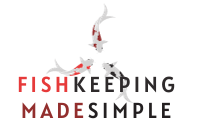

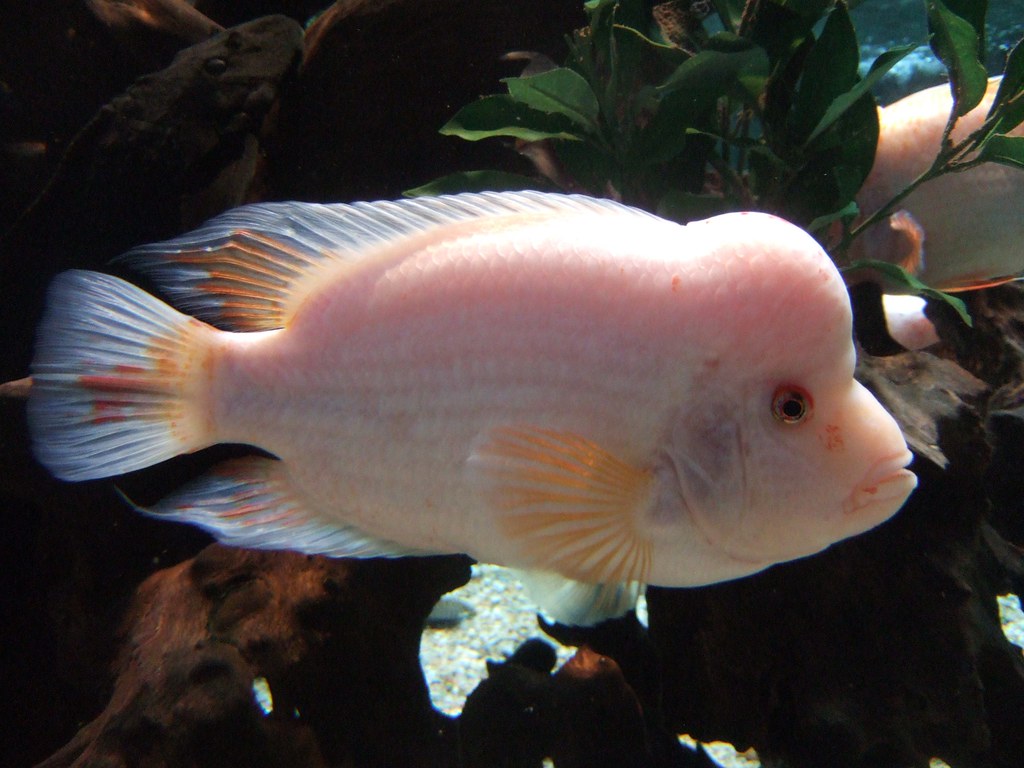
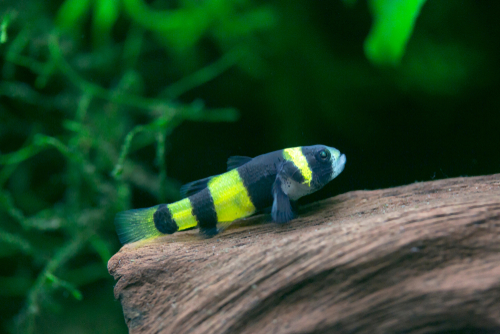

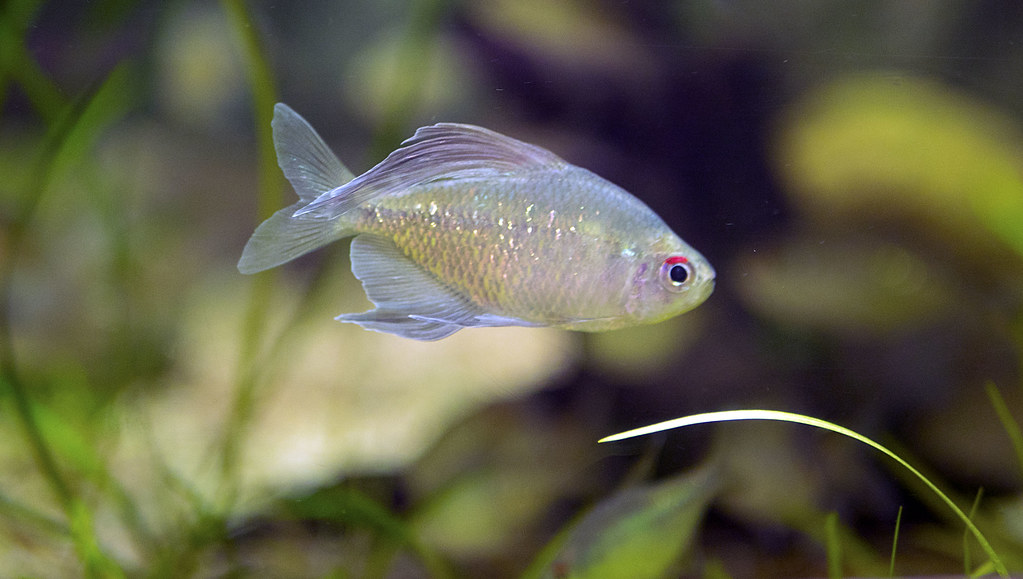
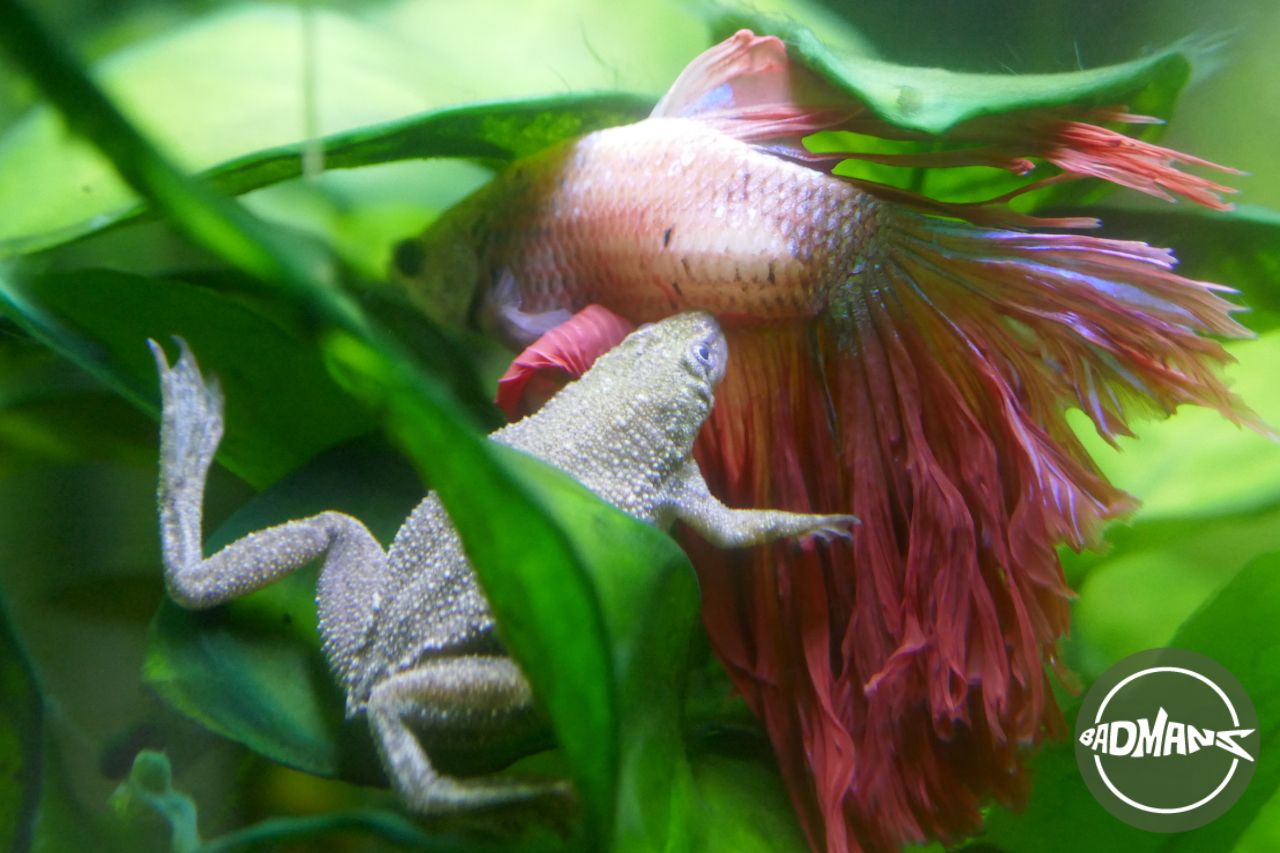
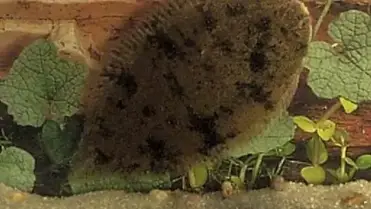

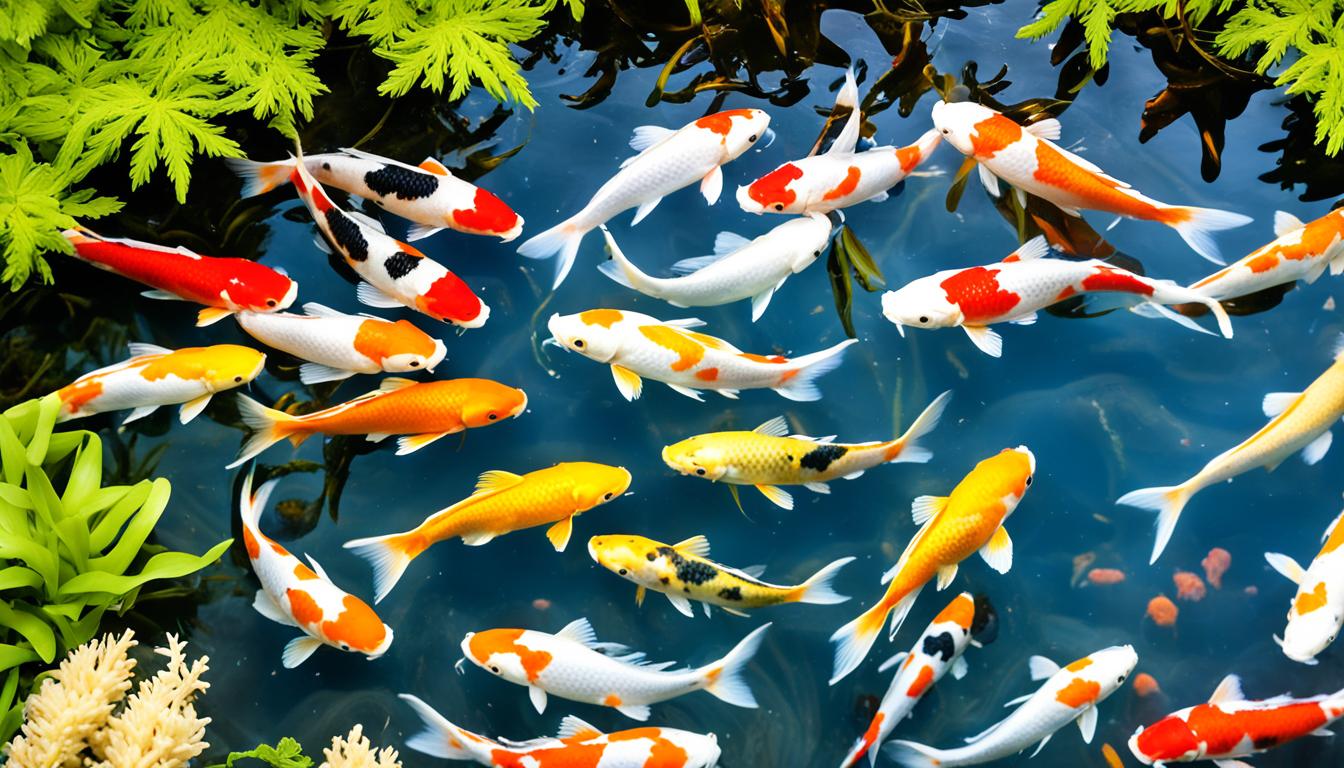
[…] insights into feeding and nutrition guidelines for optimal growth and […]
[…] sharks, true to their name, can be quite aggressive towards other fish species. One particular behavior they exhibit is targeting fish with similar body shapes. This aggression […]
[…] Another colorful and peaceful fish option is the guppy. These vibrant fish come in a variety of patterns and colors, making them a visually appealing addition to any tank. They also enjoy swimming in schools and are compatible with a wide range of other fish species. […]